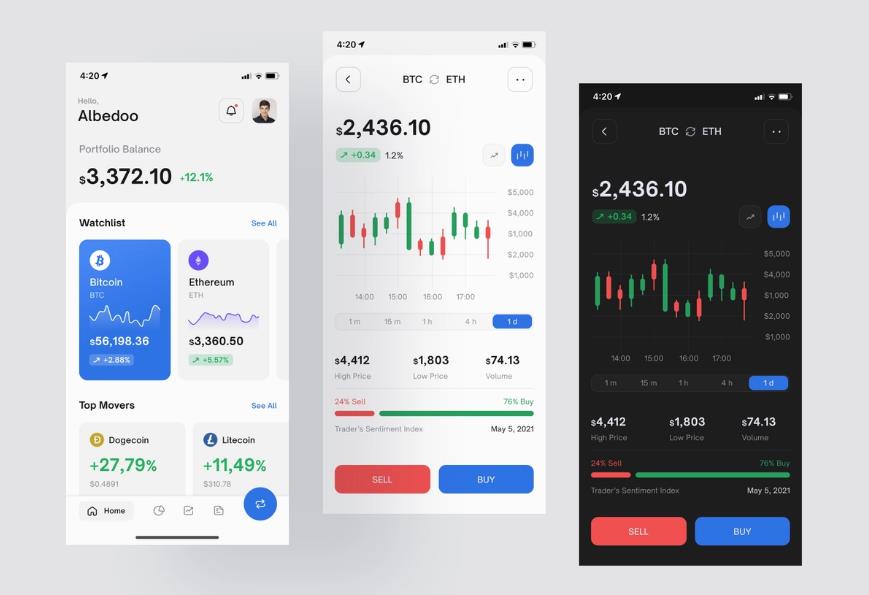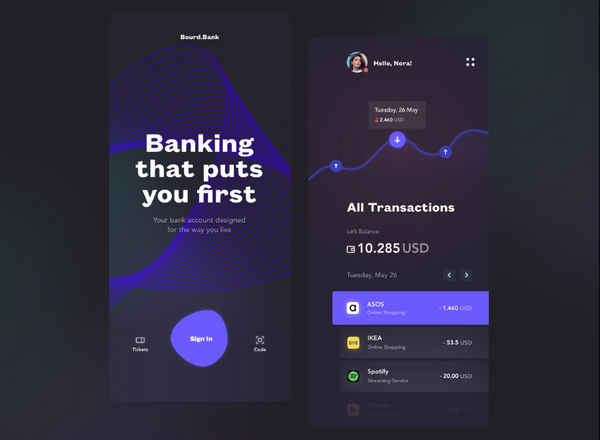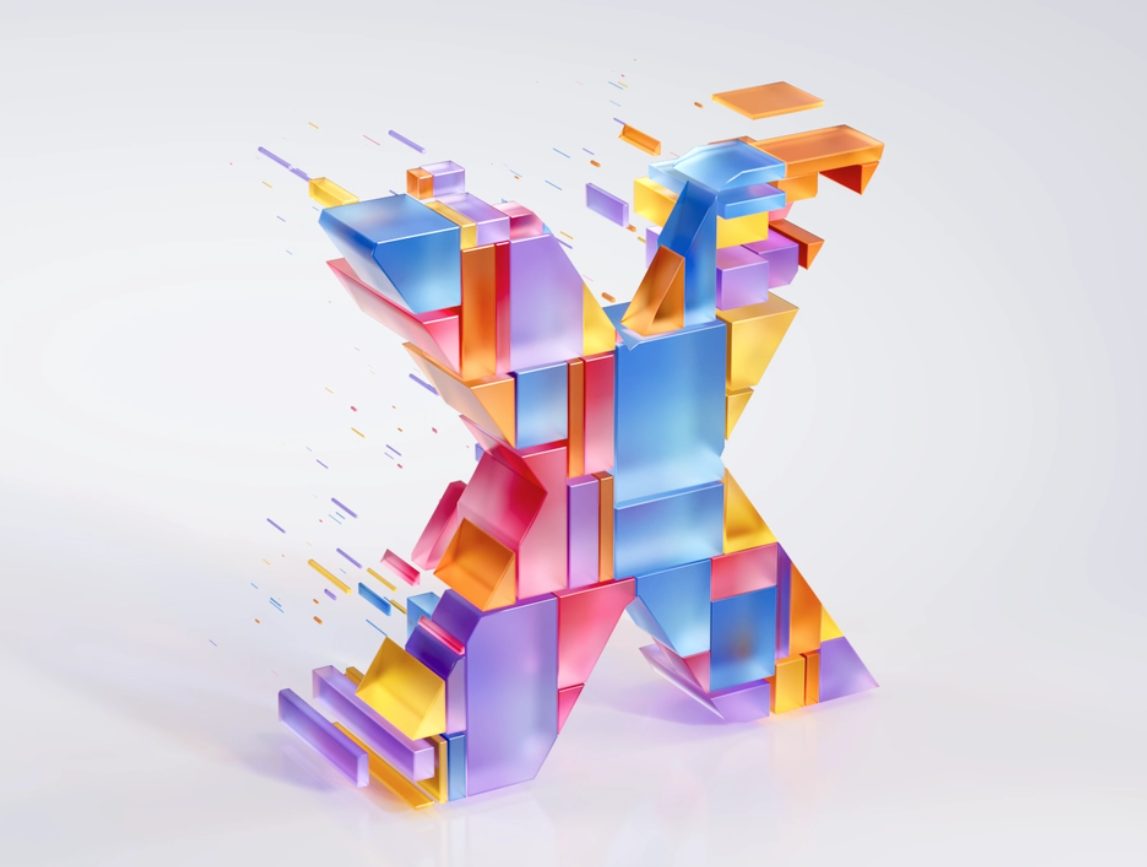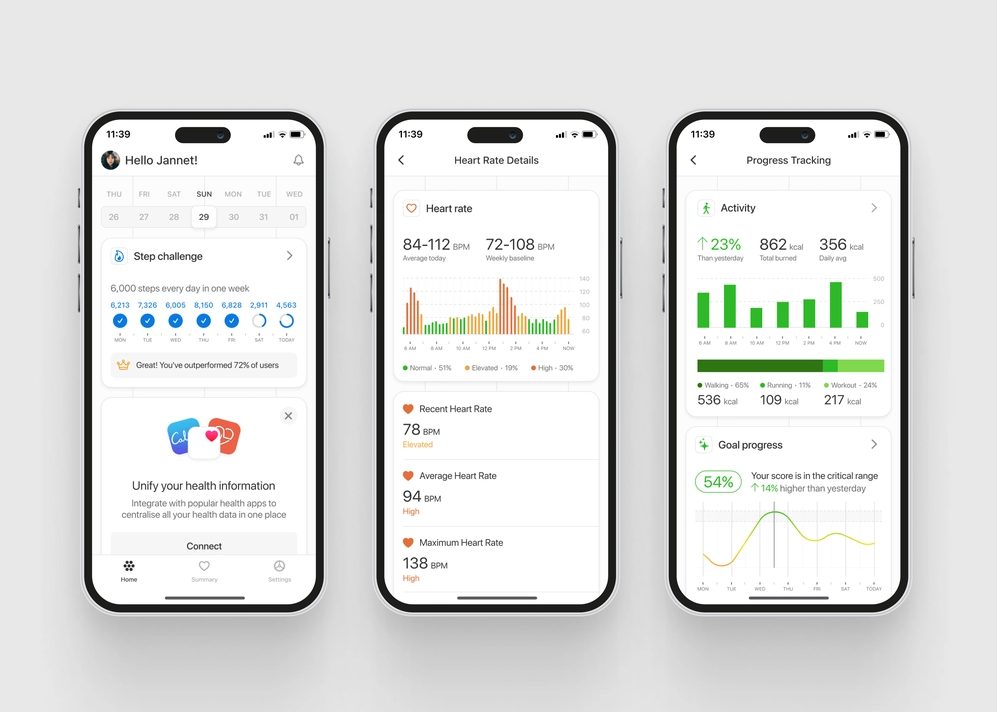Tack Stack for the Project: Top 6 Factors to Consider Before Choosing Yours
Choosing the right stack of technologies for your project is a crucial step in your product development & a factor of its success. When developing any application, it is always essential for clients to get the best result and for developers – to find the most optimal way to achieve it. In the end, the product’s effectiveness depends on many factors, and the right technology stack is one of them.

Tech Stack Types
Tech Stack is a set of tools to be implemented to make your IT idea a reality and your product – work, scale, and maintain best.
As a rule, choosing a tech stack may consist of programming languages, libraries, frameworks, various development tools, and programming approaches. The synthesis of it all may predetermine the viability & competitiveness of the final product, its incredible functionality, scalability, and further maintenance.
Tech Stack Types to Choose from
Generally, the stack may be conditionally divided into 2 parts: client (front-end) and server (back-end).
The client-side includes everything that users may see on their app screens. Here the most crucial elements include:
- HTML markup language, responsible for displaying the content in the browser;
- CSS style sheets styling content;
- JavaScript programming language which makes interactive parts of the web application;
These technologies can be used with useful UI frameworks and libraries like Bootstrap or React.js, Angular, Node.js, jQuery, etc. The one called server-side is not visible to the end-user, it provides data to the client-side. Back-end technologies include:
- Operating system;
- Web server: Nginx, Apache;
- Programming languages C #, Java, PHP, Python, Objective-C, etc.
- Various frameworks are built on top of programming languages: Node.js, .NET, Django, etc.
- Databases: Microsoft SQL Server, MySQL, PostgreSQL, Oracle, Neo4j, etc.
- Cloud infrastructures and services: AWS, Microsoft Azure, Google Cloud, Heroku, etc.
When planning the next technology stack for your application, you must consider both the server & the client-side.

Top 6 Factors to Consider Before Choosing Your Tech Stack
To make the right decision, you need to spend more time analyzing the pros & cons of the available solutions because the right technology stack can affect development time, cost, application quality, and scalability.
There are several factors to highlight. They may be essential to everyone who makes a decision about the technical stack of front-end app design.
1. Application size
When you form your stack, consider the size and purpose of the project since they significantly affect the choice of technologies. The complexity of the project grows with the size of the project. The larger the project is, the larger and more complex the stack will be afterward.
For example, for small projects (MVP or single-page applications), such well-established stacks as Python-Django or Node. js-React might be ideal.
Alternatively, medium-sized projects such as online shopping and midsize business applications require slightly more complex technical stacks with multiple levels of programming languages and frameworks.
And finally, large projects, such as complex marketplaces or enterprise applications, require a large-scale stack to maintain the integrity and performance of the applications. These large tech stacks may use multiple levels of languages & frameworks and are designed to work in data-intensive environments.
Mind that needless to burden the project with additional technologies when there is no need. There should be exactly as many of them as is necessary for the effective solution of the task at hand.

2. Time
Another important factor is time to market. You need to choose a technology that does not require thorough planning, if time’s limited, with easy development. You may turn to developers who know this technology asap. For a long time to market, consider more factors to make the right choice.
3. Costs
For many companies, development costs are the key factor. There are plenty of frameworks and tools that are free and open source. Nevertheless, you need to hire developers, so calculate how many developers you need to complete an application in a given period of time using the tech stack of your choice.
Apart from this budget, you need to take into account maintenance & server costs. If you need to reduce maintenance costs, it might be worth considering a server-less architecture for your application.
4. Security
For expensive apps, you need to keep it secure. Moreover, the number of cyberattacks continues to grow, you need to take this seriously in order to take care of the security of both yours & your users’ data.
The majority of popular frontend frameworks may contain ready-made security guidelines. Follow all of these guidelines throughout the development process to make it safe.
5. Scalability
Think of the future of your app. If you want it to grow, it must be easy to scale & maintain in the future. You just need to choose a good project structure adding to reliable technologies.
Depending on the type of project, analyze every aspect of the application so you can plan more before launching because all architectural changes become really costly to implement after.
The architecture of your application should be scalable, as scalability is vital for future development. Scalability determines if your application can handle the overloads.
For example, if the number of users is increasing, your technology stack must be able to allow your application to cope with this growth without any problem.
There are two types of scalability:
- Horizontal
- Vertical
Horizontal scaling means the ability to work on different devices and allows you to cope with the increasing number of users. Vertical scaling is the ability to add new features or elements to your application in the future.
To achieve good scalability, it is better to use powerful programming languages such as JavaScript. Such languages are flexible, as they have various libraries and structures in their arsenal.

6. Maintenance
Maintenance is the next factor to consider when building applications. It should be effortless, even when scaling. Consider two factors that may affect the maintenance of your project:
- architecture:
It should support reusability, be mobile and scalable;
- codebase:
It should be neither short nor long, as longer codes will take more time to process, and a compressed code may lead to errors during debugging. After all, you may also consider some ready-made solutions all-in-one to cut time and cost for your project development.
Some ready-made solutions to apply
What tech stack would you choose for your startup ycombinator? In the rapidly developing world of technology and business, it would be foolish to neglect using some ready-made stack solutions that simplify work and save time for the development team. So, you may optimize your product development with the following popular technologies:
LAMP is often chosen to improve performance and reduce development costs.
It combines a working Linux framework, Apache web server, MySQL database, PHP / Perl / Python all-in-one. This stack is also called the industry standard. It is used for web app design and is popular because of its adaptive, secure, open-source code.
This stack is a mixture of JavaScript technologies for developing complex, fast and reliable applications. This includes MongoDB, Express, Angular, and Node.js.
This model includes MongoDB, Express, React / Redux, and Node.js. Alongside MEAN, MERN fully covers the entire development process from front-end to back-end. If use React to improve the front-end part, and Node.js – the back-end part, this combination is often used in the E-Commerce project development.
- MEVN
This model is also a variation of the MEAN stack, where Vue.js is used instead of Angular.
All these models are ready-made solutions to a properly selected technology stack. for the development of medium and large projects. Of course, universal solutions save time, but they are still inferior to the custom ones since they are just a familiar approach and cannot be applied to all projects in a row.
Conclusion
The basis of any successful project is how to choose your tech stack. It’s a fact. To make the right choice from all the interface technologies available on the market, carefully study the most essential functions of your future application and look at the factors that may affect the decision in one way or another.
Before you start choosing technologies, carefully analyze the project and consider the type, requirements, experience, and resources of your team, as well as things like scalability, speed, and security.
Different applications may need a different approach. Remember that if a previous project was done with Angular and succeeded, the current one may need different technology. It’s also worth having a look at the difference between JavaScript & Typescript, etc. Take time to consider which one would be the best choice for your app and the net developers for hire.
Also, you may look at ready-made solutions from a javascript development company that may perfectly fit your project needs. Despite the fact that there are several solutions to consider, they may not always allow you to develop a project in accordance with all the requirements. Therefore, when forming those stacks, preference is often given to an individual approach.
You are always welcome to discover more from Fireart on design, tack stack & project structures at our node js development company.




















